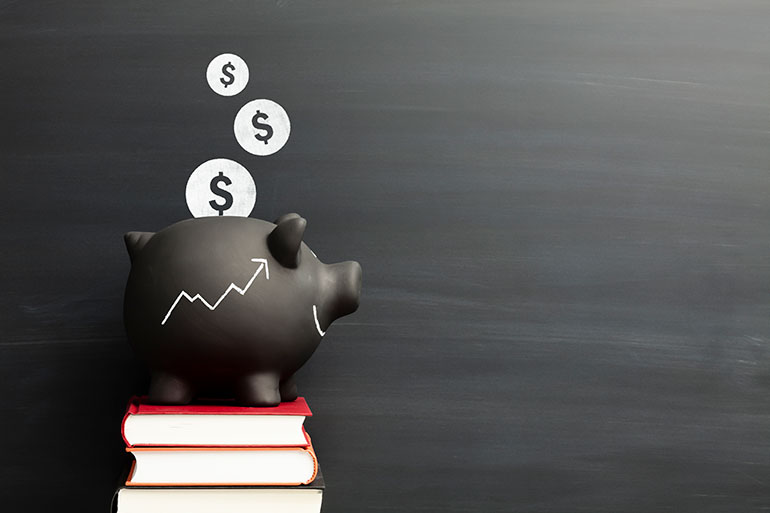
A Q&A with Assistant Professor of Economics Ross Hickey
Economist Ross Hickey, who teaches at UBC’s Okanagan campus, discusses the reasoning behind back to school sales.
Why are back to school sales so early?
Back to school sales appear to come early, but they are likely right on time. The first thing we need to recognize about sales is that retailers use them to promote both the products on sale, and themselves as a business. Promoting a sale costs money for every online ad, physical flyer, or television or radio spot. They have to strike a balance in the timing of their sales between appealing to those who plan ahead, and also to those who procrastinate. If sales are left too late, they miss out on the opportunity of appealing to those who plan ahead. On the other hand, if sales are too early, they miss the opportunity of having their marketing material appeal to those who shop closer to the last minute. Each retail business makes this trade-off while also considering the actions of their competitors.
Why don’t these sales start even earlier? Will we eventually see these sales starting right after the last day of school?
Starting a sale earlier helps you get more of those people who plan ahead, but this only works up to a point. Even the most ardent planners do not typically shop for back to school supplies at the end of the previous school year. Posting a reduced price on a good that you could sell for more money is not going to help you maximize your profits. So retailers will be reluctant to post reduced prices right after the last day of school. Many retailers of back to school supplies are general retailers in that they sell a variety of products – some school supplies and some not. These retailers have limited shelf space and space to hold inventory. So, choosing too early of a sales date for the back to school products hurts the business’ ability to make profits on the non-back to school items.
Could retailers be colluding in order to manipulate the market?
It’s possible that retailers could collude, but it’s more likely that they are competing. Often times people point to retail gasoline markets as an example of collusion because the advertised prices are often nearly identical. But this is really the result of competition – that shared price is an equilibrium outcome. Charge a higher price and you lose customers to your competitors. Charge a lower price and you reduce your profitability to the point of bankruptcy.
Things like back to school sales follow the same principles. Think about the costs and benefits of a sale. The biggest benefit is that you attract customers you wouldn’t otherwise attract. But what does that cost you? Well, for starters you’re selling products at a discounted price rather than full price. Plus, it costs you money to advertise your sale. And, have too many sales, and they lose their effectiveness; customers will come to expect sales all the time.
So, retailers must choose their sale dates carefully. If they cut their sales window shorter than the competition, they would lose customers to competitors. But if they start the sale earlier, they risk having the non-back to school shoppers paying reduced prices for products they would have paid full price for, while also diminishing their own ability to market sales for other products during those earlier dates.
So you can see, the similarity in timing of back to school sales, like the similarity in pricing at the gas pumps, actually demonstrates how competition, surprisingly, can breed similarity.
Online shopping is much more prevalent these days. Does that have any effect on when these sales occur or how the brick and mortar stores operate?
It would be unusual if the expansion of online shopping didn’t affect the brick and mortar stores. Online retailers behave in a very different marketplace and in some ways cater to different consumers – those who are more tech savvy than the brick and mortar only shoppers. To the extent that online retailers may have lower advertising costs because they advertise online more frequently, they may be able to target the planners and procrastinators more easily with specialized sales. I would think that online retailers are putting pressure on brick and mortar retailers to provide longer sales periods with deeper discounts.

Assistant Professor of Economics Ross Hickey.
–30–